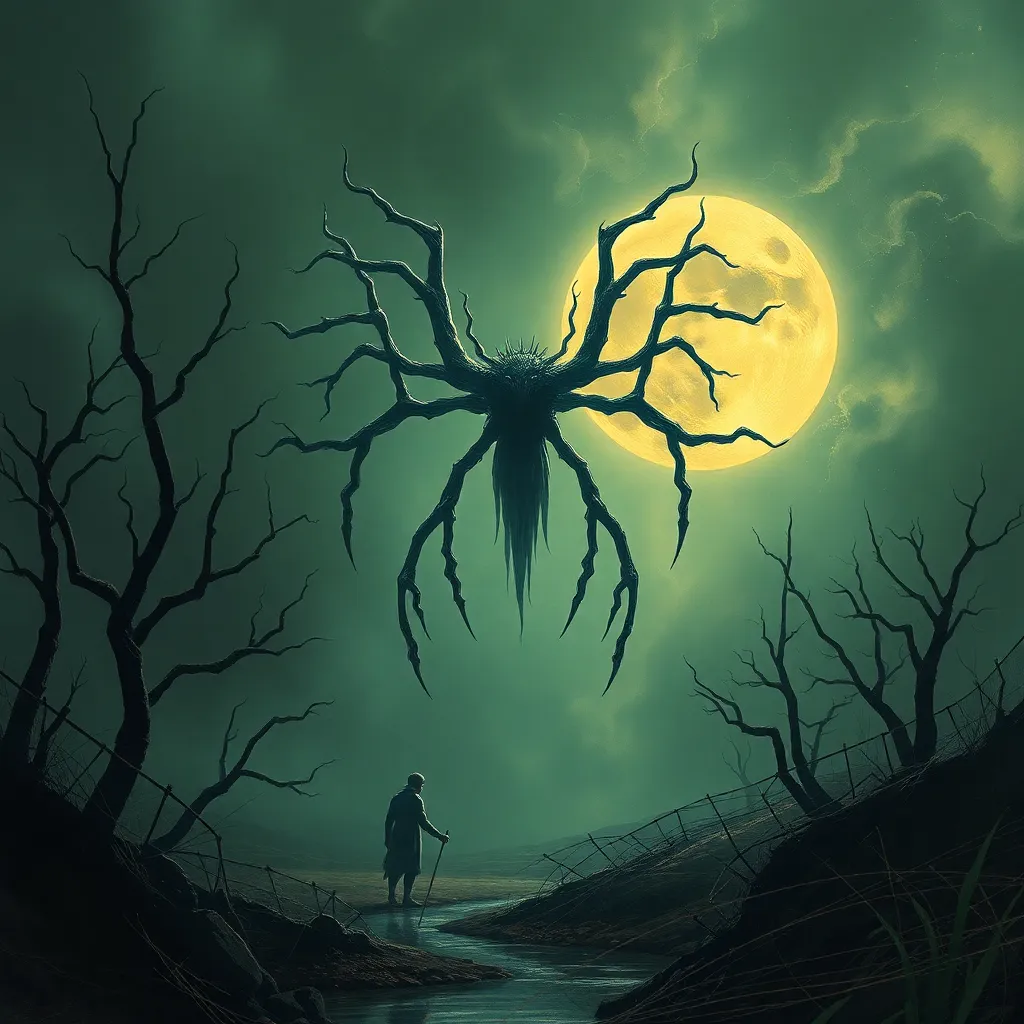The Forbidden Fruit: Love Stories That Challenged the Norms
Introduction: The Allure of Forbidden Love
Forbidden love is a concept that has captivated hearts and minds throughout history. It refers to romantic relationships that defy societal, cultural, or familial norms, often inciting passion, rebellion, and sometimes tragedy. The allure of forbidden love stems from its very nature; it is the thrill of pursuing what is deemed unacceptable or taboo. These stories are woven into the fabric of our cultural narratives, highlighting the struggles and triumphs of love that challenges the status quo.
Across different societies and eras, forbidden love has taken various forms, from interclass romances to same-sex relationships. This article explores the themes surrounding such love stories, delving into their historical context, cultural perspectives, and the consequences they entail.
Historical Context: Love Across Boundaries
Throughout history, love has transcended boundaries, often leading to societal conflict. In ancient civilizations, such as Rome and Egypt, lovers like Cleopatra and Mark Antony faced immense backlash for their union, which crossed political and cultural lines. Their love story symbolizes the power struggles of their time, showcasing how personal relationships could affect empires.
During the Middle Ages, many love stories were marked by societal constraints, particularly regarding class and marriage. The concept of courtly love emerged, often depicting knights in pursuit of noblewomen, creating a romantic ideal that was, paradoxically, often unattainable.
- Cleopatra and Mark Antony: Their relationship was not only a romantic affair but also a political alliance that challenged the Roman Empire.
- Tristan and Isolde: A tale of love that defied loyalty and kinship, illustrating the complexities of love during the medieval period.
Cultural Perspectives: Love Stories from Around the World
Forbidden love stories are found in cultures worldwide, reflecting unique societal norms and values. In Western literature, Shakespeare’s “Romeo and Juliet” embodies the tragic consequences of familial conflict and societal expectations. Similarly, in Chinese history, the story of Qiu Jin, a revolutionary who defied gender norms and societal restrictions, showcases the lengths individuals go for love and freedom.
Traditions and family expectations often shape perceptions of love. In many cultures, arranged marriages still prevail, limiting the choices of individuals. These narratives emphasize the tension between personal desire and cultural obligations.
Literature and Film: Art Reflecting Forbidden Desires
Literature and film have long served as mirrors of societal values, portraying forbidden love in ways that challenge viewers’ perceptions. Classic works such as “Wuthering Heights” explore the tumultuous nature of love that defies social boundaries, while contemporary films like “Brokeback Mountain” bring to light the struggles of same-sex couples facing societal rejection.
These narratives not only entertain but also provoke thought and discussion about the nature of love and the constraints imposed by society.
- Wuthering Heights: A passionate yet destructive love story that defies social norms and leads to heartbreak.
- Brokeback Mountain: A poignant portrayal of two men whose love is hindered by societal expectations and prejudice.
Social Norms and Boundaries: Class, Race, and Sexuality
Social norms have historically dictated the acceptability of love across class, race, and sexuality. Interracial relationships, once considered taboo, have evolved significantly, yet challenges persist. Case studies of couples who faced societal backlash highlight the resilience of love against prejudice.
Moreover, LGBTQ+ love stories have often been fraught with struggles, reflecting societal reluctance to accept different sexual orientations. The fight for marriage equality and representation has paved the way for greater acceptance, but the journey remains ongoing.
Religious and Moral Dilemmas: The Role of Beliefs in Love
Religion plays a significant role in shaping societal views on love. Many religious doctrines impose strict guidelines on relationships, often condemning premarital relationships and adultery. These beliefs can create significant dilemmas for individuals seeking love outside societal norms.
For instance, in many conservative societies, same-sex relationships are viewed as sinful, leading to profound personal conflicts for those involved. The impact of these doctrines can either stifle love or inspire individuals to fight for their right to love freely.
Modern-Day Forbidden Love: Challenges and Triumphs
Contemporary society continues to witness the challenges surrounding forbidden love, particularly with issues such as same-sex marriage and age-gap relationships. Personal stories of couples overcoming societal challenges illustrate the enduring power of love.
Many couples have navigated family disapproval, legal obstacles, and social stigma, emerging stronger and more united. Their experiences highlight the ongoing struggle for acceptance in a world that sometimes clings to outdated norms.
The Psychology of Forbidden Love: Attraction and Rebellion
The allure of forbidden love often stems from psychological factors. The thrill of rebellion against societal norms can intensify attraction, leading individuals to pursue relationships that may be deemed inappropriate.
Additionally, the idea of the “forbidden fruit” can make such relationships more enticing, as societal restrictions create an irresistible allure. Understanding these dynamics can shed light on why people often seek out love in places where it is not readily accepted.
Consequences of Forbidden Love: Sacrifice and Regret
Pursuing forbidden love can come with significant repercussions. Many individuals face societal ostracism, family rejection, or even legal consequences for their relationships. The emotional toll can be profound, leading to feelings of isolation and regret.
Real-life examples abound, from couples who have faced severe backlash to those who have lost their lives in the name of love. These stories serve as cautionary tales about the potential sacrifices required when love defies societal norms.
Conclusion: Embracing Love in All Its Forms
As we reflect on the significance of forbidden love stories, it becomes evident that love, in all its forms, deserves understanding and acceptance. These narratives challenge us to confront our beliefs and prejudices, reminding us of the universal desire for connection and belonging.
Ultimately, embracing diverse love stories can lead to a more compassionate society, where individuals are free to love without fear of judgment or reprisal. In celebrating the complexities of love, we pave the way for greater acceptance and understanding in our communities.




